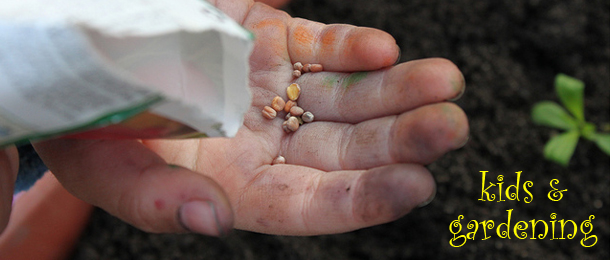
by Theof | Apr 27, 2012 | Featured Right, Health & Nutrition
Summer is fast approaching and warm weather is just around the corner. In fact we experienced some spring heat this past weekend. As the weather gets hotter keeping our kids hydrated becomes a top priority. When playing outside or in sporting events children...

by Kendyl | Apr 27, 2012 | 3, Real Estate
Spring Open House Season is in full swing. I had over 60 parties through my open house on 1349 Norton this past weekend and Realtors all over town report similar crowds of eager home buyers. I am an expert at open houses. I have hosted hundreds of them in my career...

by Theof | Apr 27, 2012 | 2, Canine Corner
I was recently at my vet’s office, Parkview Pet Clinic in Glendale, and saw a flyer printed by the ASPCA which read, “101 things you didn’t know could harm your pet”. I consider myself to be pretty cautious and careful with my two Labs but I was interested to see if I...

by Theof | Apr 20, 2012 | 1, Community
Earth Day April 21 & 22 Looking for some good Glendale Earth Day Celebrations? You should check out whats happening at Descanso Gardens! Shakespeare’s Twelfth Night Saturday | 3:30 p.m. | Under the Oaks Theater “If music be the food of love, play on!” Revel...

by Theof | Apr 20, 2012 | Edibles, Featured Right, Food, Health & Nutrition
Spring is right around the corner believe it or not and that means that it is time to start planning your vegetable garden. Growing a vegetable garden is a great family activity. Not only does it allow for some family bonding time, it teaches your child about where...





